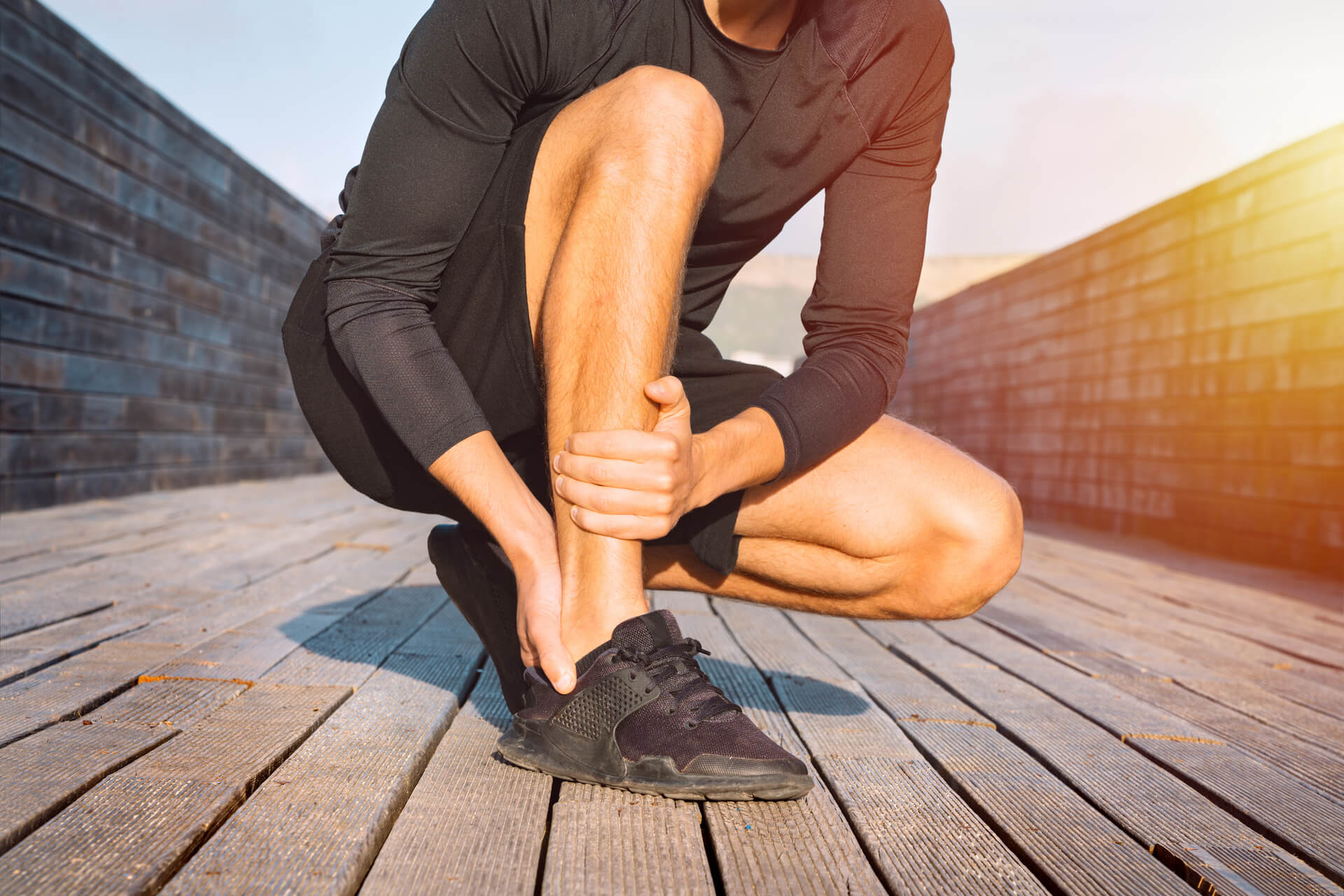The Achilles tendon is the longest and strongest tendon in the human body. The main function of tendon is to create a ‘connection’ between muscle and bone to allow for joint movement to be possible.
Tendinopathy is a broad clinical term used to describe painful conditions in and around tendons in response to overuse. Achilles tendinopathy is a major cause of prolonged pain and disability affecting both recreational and professional sports participants, in sports involving running or jumping.
Historically, tendon-related injury has been referred to as ‘tendonitis’ (‘itis’= inflammation), however evidence suggests there are no signs of a classic, inflammatory response occurring; rather as a result of collagen degeneration within the tendon, referred to as ‘tendinosis’.
Tendinopathies are commonly occur due to rapid progression of load/activity, particularly after low load periods (as a result of injury, illness, or holidays). We also commonly see this in athletes, for example in returning from off-season or injury.
There are numerous additional risk factors that can predispose somebody to Achilles tendinopathy and can affect their capacity to heal. Some include:
- Age: 30-55 years
- Gender: Males are more likely to develop Achilles tendinopathy. Further studies have shown that hormone replacement therapy preserves Achilles tendon structure in post-menopausal women
- High body composition/BMI
- Systemic diseases such as Diabetes and high cholesterol
- Reduced calf strength
- Particular antibiotic use
- Genetics
- Training errors e.g. the volume and frequency of sessions
- Biomechanical errors e.g. running technique, reduced core stability
Symptoms of Achilles tendinopathy include (but not limited to):
- Pain localized to the Achilles tendon. You should be able pinpoint pain with 1 finger
- Pain aggravated by high tendon loading activities e.g. running, jumping
- Pain often ‘warms up’ with activity
- Morning pain and stiffness, particularly the day after aggravating activities
- Possible swelling or thickening of the tendon
Diagnosis:
Correct clinical diagnosis is critical in the management of Achilles tendinopathy, as there are other structures around the tendon that may mimic similar symptoms. Ultrasound and magnetic resonance imaging is proven to be poorly correlated with tendon pain, as pain can occur with or without tendon degeneration found on imaging and vice versa.
Physiotherapy treatment involves:
- Load management!
- Exercise prescription focusing on mainly calf and core strengthening
- Manual therapy
- Education
- Footwear advice
- Use of heel raises
- Shockwave therapy (although limited evidence)
- Icing
- Anti-inflammatories (Ibuprofen) in some cases
- Running assessments, and altering running technique if necessary
- Addressing other modifiable risk factors as discussed
- Caution must be taken with excessive stretching, depending on the location of your tendon pain, as in some instances it can often worsen your symptoms.
Medical intervention:
There is limited evidence to suggest any benefit of medical interventions such as platelet-rich plasma (PRP) injections, cortisone, stem cell, sclerosing and prolotherapy injections in Achilles tendinopathy. However, there is known long-term benefit of GTN (nitric oxide) patches.
Lifecare Prahran Sports Medicine is close to suburbs including Malvern, South Yarra, Toorak, Armadale, St Kilda East, Caulfield, Richmond and Hawthorn, and has early and late appointments for all your Sports Medicine and Physiotherapy needs.

